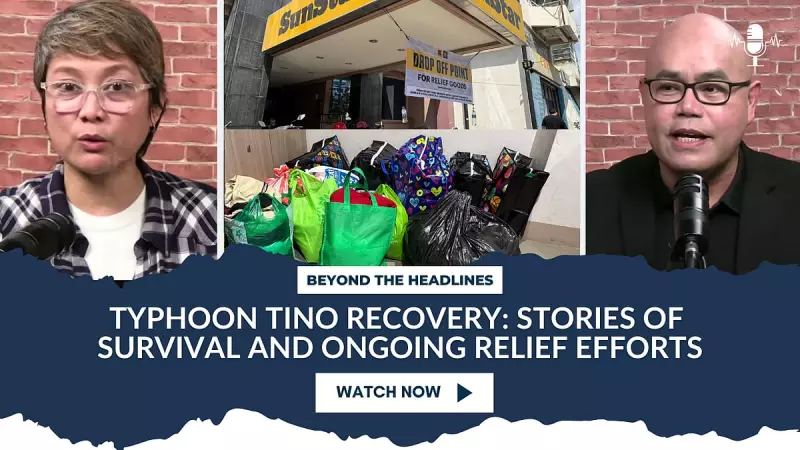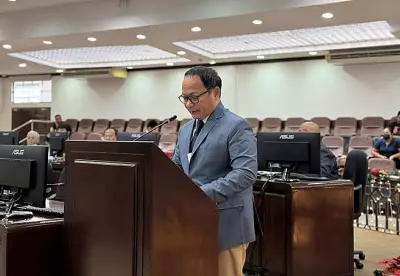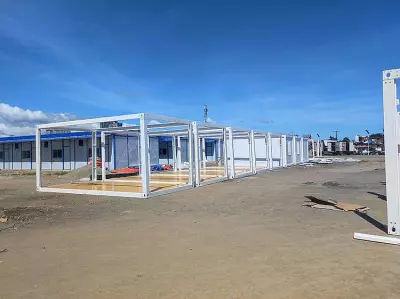
The aftermath of Typhoon Tino has left a trail of destruction across several Philippine regions, but amidst the devastation, remarkable stories of survival and community spirit are emerging. Families who lost everything are now rebuilding their lives, supported by relentless relief operations.
Survivors Recount Harrowing Ordeal
"The water rose so fast we had to climb onto our roof," shared Maria Santos, a mother of three from Eastern Samar. "We waited for hours in the pouring rain, praying someone would find us." Her family was eventually rescued by neighbors using a makeshift raft.
Similar stories echo throughout affected communities. Elderly residents had to be carried to safety, while volunteers formed human chains to evacuate flood-stranded families. The typhoon's ferocity caught many by surprise, leaving little time for preparation.
Relief Efforts Gain Momentum
Government agencies and non-profit organizations have mobilized quickly to address the immediate needs of affected communities. Emergency response teams are delivering crucial supplies including:
- Food packs and clean drinking water
- Medical supplies and hygiene kits
- Temporary shelter materials
- Clothing and basic necessities
Community Resilience Shines Through
Despite losing their homes and livelihoods, many survivors are already focusing on recovery. Local communities have organized community kitchens and temporary learning spaces for children, demonstrating the remarkable Filipino spirit of bayanihan – community unity and cooperation.
"We may have lost our material possessions, but we haven't lost hope," said fisherman Rodrigo Hernandez, whose boat was destroyed by the storm. "The important thing is we're alive, and we'll rebuild together."
Long Road to Recovery
While immediate relief continues, authorities are already planning the rehabilitation phase. Damage assessments are underway to determine the full extent of destruction to agriculture, infrastructure, and housing. The recovery process is expected to take months, with many families requiring sustained support.
Mental health professionals have also joined relief teams to provide psychosocial support, recognizing the trauma experienced by survivors, particularly children and the elderly.





